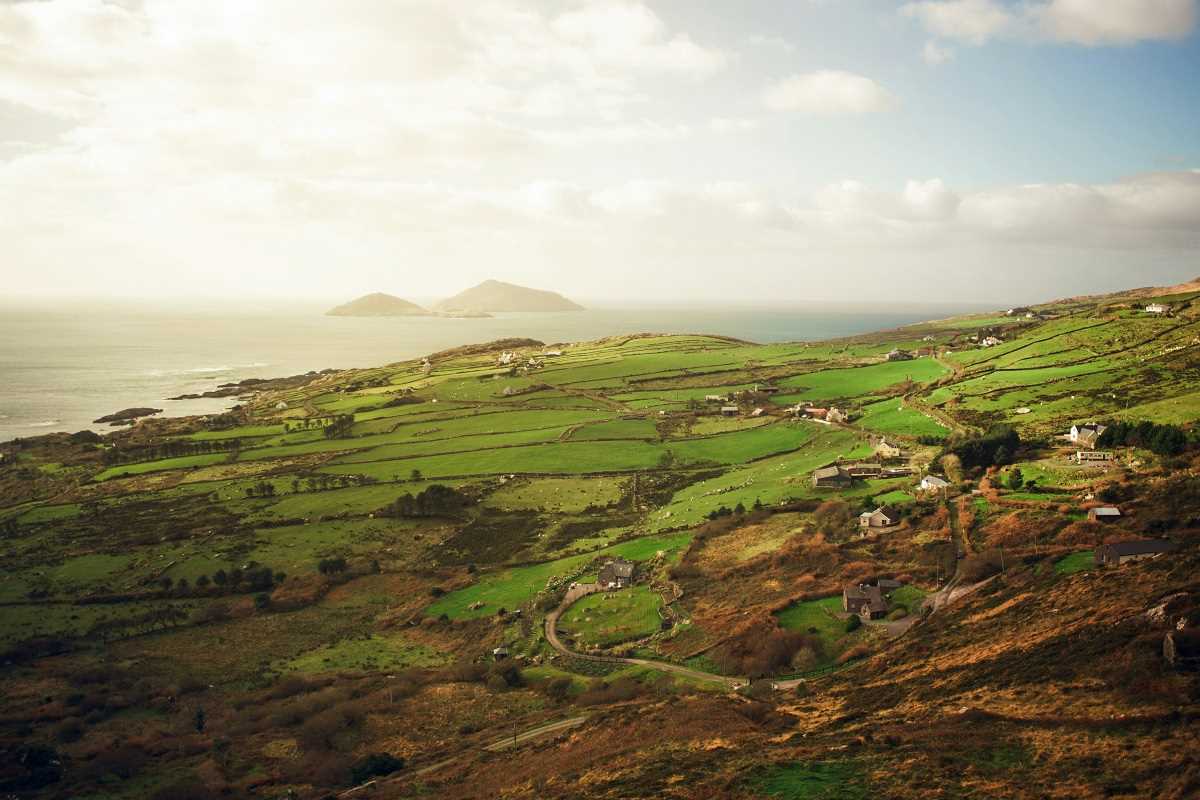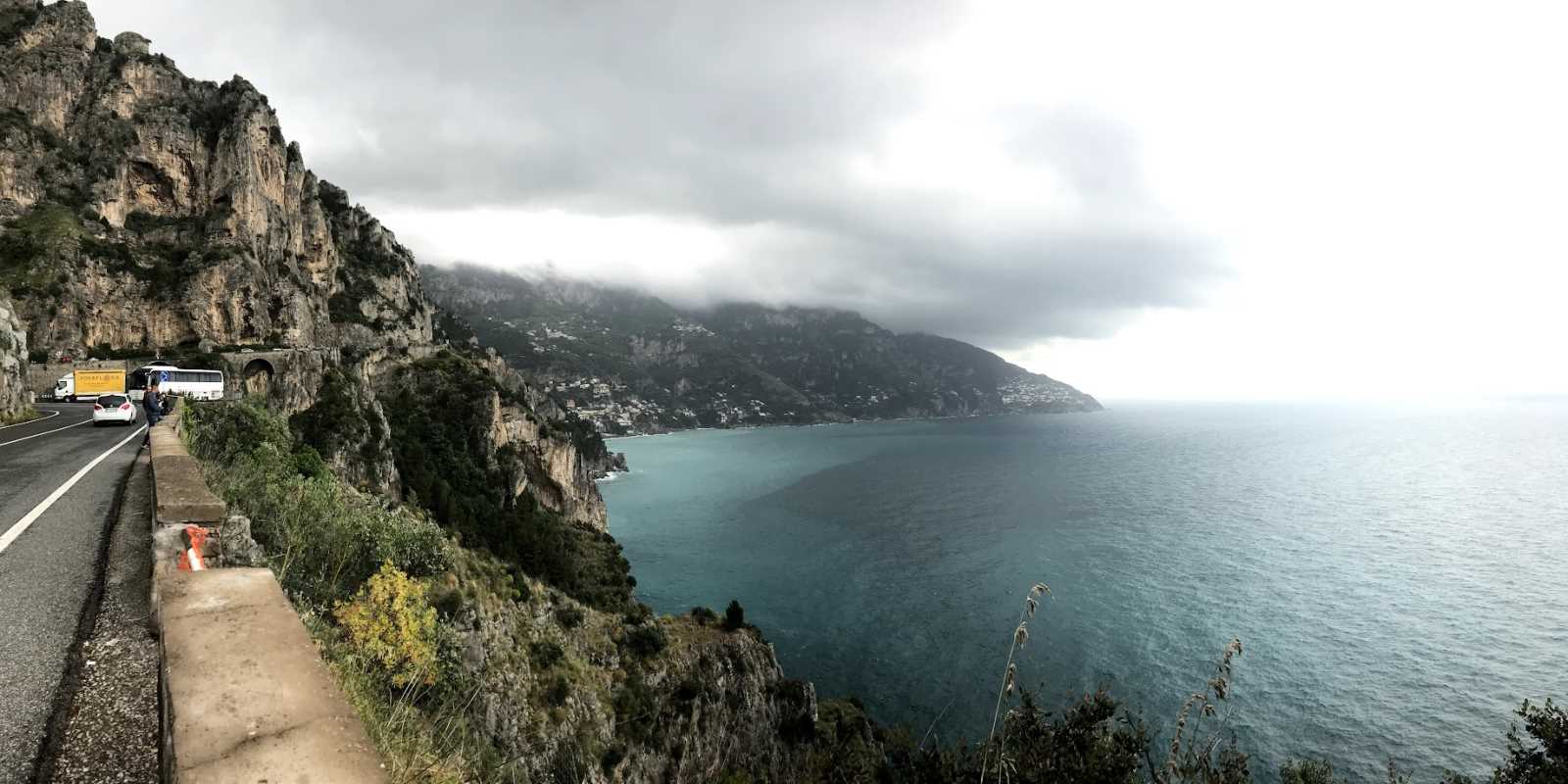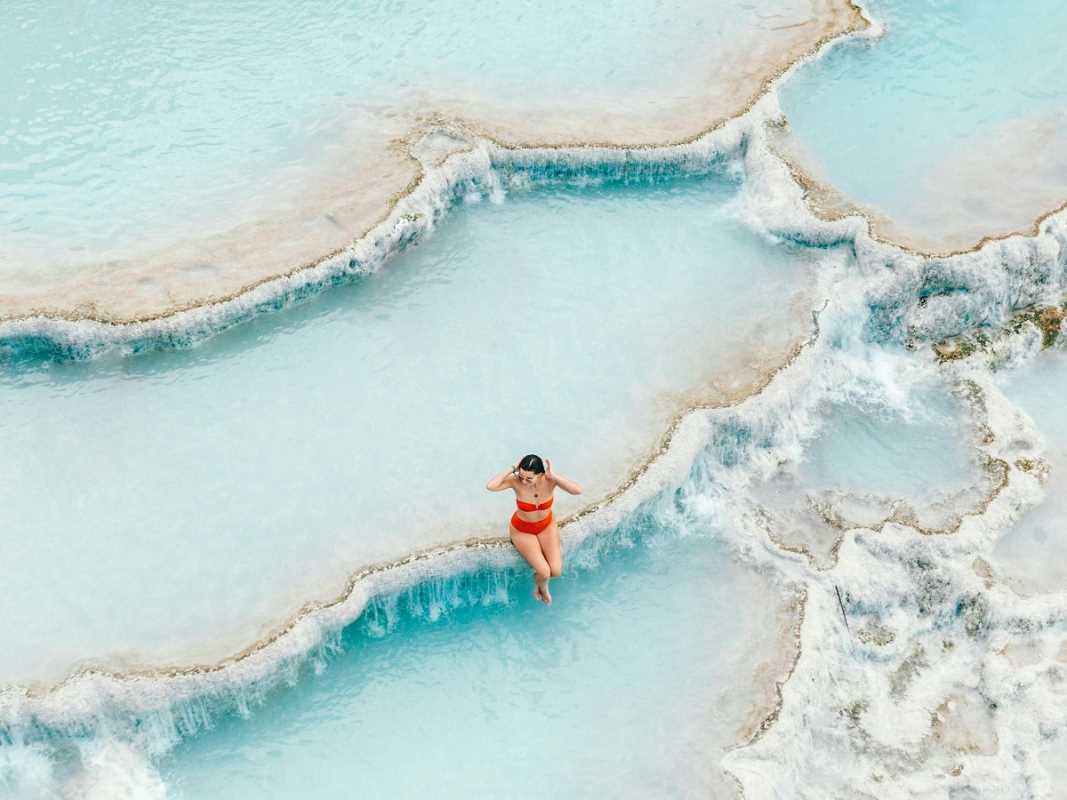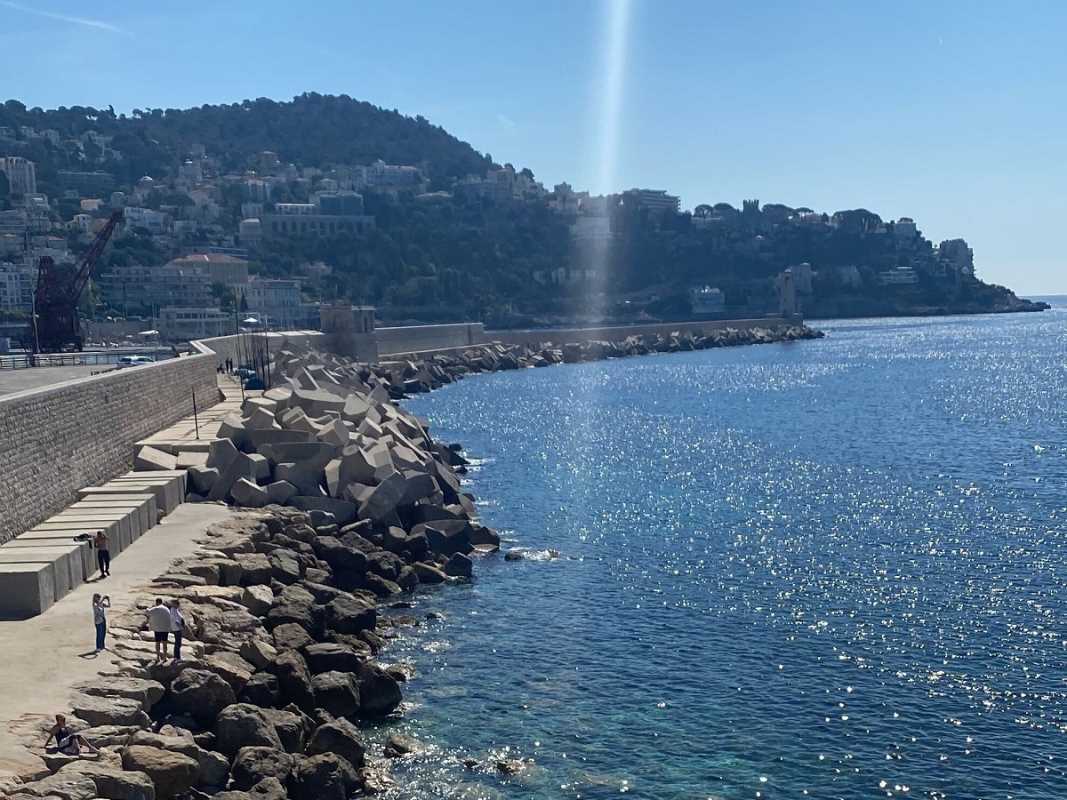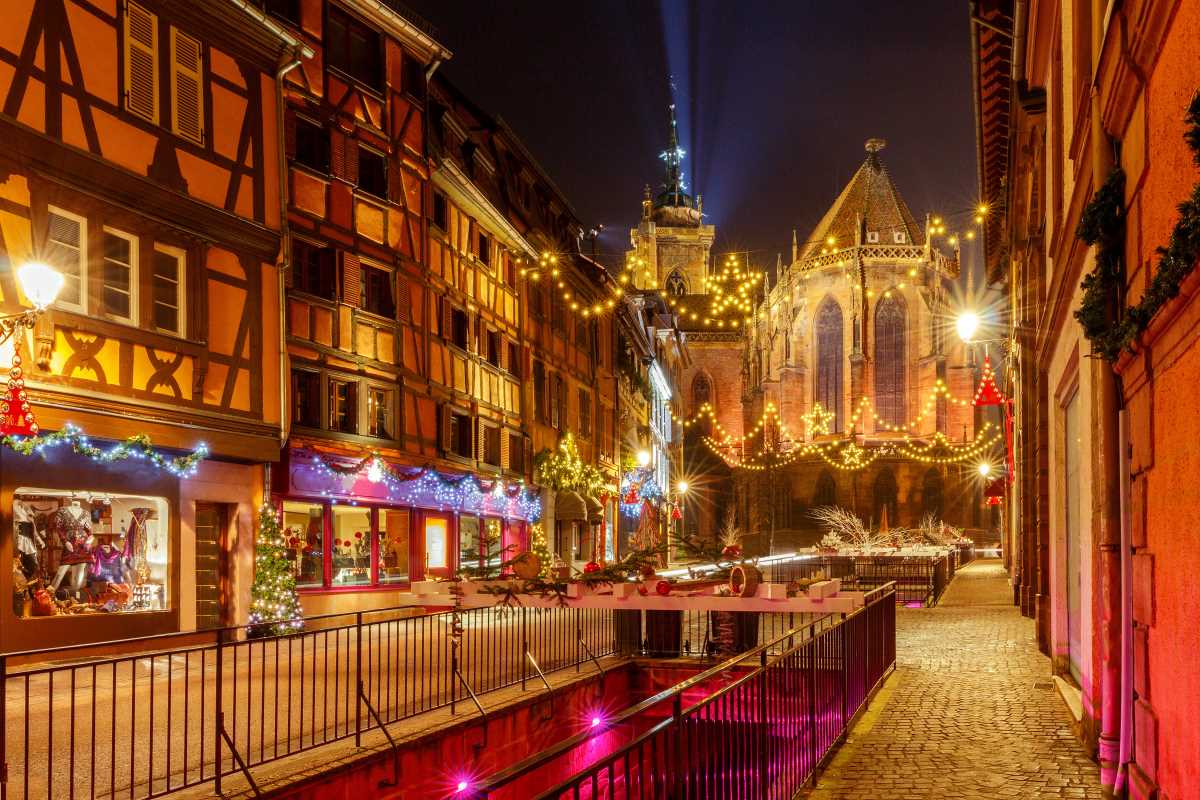Few experiences compare to the jaw-dropping wonder of seeing a whale breach the surface of the ocean. Whether it's a towering humpback leaping into the air, or the powerful spray of a blue whale's blowhole, these moments form memories that last a lifetime. One of the best places in the world to experience this is Húsavík, Iceland, often called the “Whale-Watching Capital of Europe.” But the adventure doesn't stop there—across the globe, there are many incredible destinations where you can marvel at the majesty of whales and learn more about these fascinating creatures.
Húsavík, Iceland: A Northern Gem for Whale Watching
Nestled on Iceland’s northern coast, Húsavík is a small town with big opportunities for whale lovers. The waters of Skjálfandi Bay are rich in marine life, making it a prime habitat for a wide variety of whale species. Visitors can often spot humpback whales, minke whales, and white-beaked dolphins. If you're lucky, you might even see a majestic blue whale, the largest animal on the planet.
The best time to go whale watching in Húsavík is between April and October, with the peak season being during the summer months, when the midnight sun paints the sky. The boats set out daily to give visitors a chance to admire these gentle giants in their natural environment. Along the way, don’t forget to look up—you might spot puffins flying by, as they nest on nearby cliffs during the same season.
Húsavík offers more than just the experience of seeing whales. Many tours are combined with lessons about marine conservation and the region’s history. The Húsavík Whale Museum, located in the town, is a must-visit for anyone wanting to learn more. It provides insight into the lives of whales and the challenges they face due to climate change, plastic pollution, and human activity.
Kaikoura, New Zealand: Southern Hemisphere Splendor
On the other side of the globe, Kaikoura in New Zealand is another bucket-list destination for whale watchers. This small coastal town sits where the cooler, nutrient-rich waters of the Southern Ocean meet the warmer currents, creating a perfect environment for marine life. The highlight here is the chance to see sperm whales, which are present year-round.
Sperm whales, known for their massive heads and deep-diving capabilities, aren’t the only stars in Kaikoura. Humpbacks, orcas (killer whales), and dusky dolphins also pass through these waters. During the winter months, especially from June to August, migrating humpbacks are a frequent sight.
Kaikoura is also home to underwater canyons, which attract marine creatures to the area. Taking a boat tour offers breathtaking views of not only whales but also fur seals, albatrosses, and other seabirds. Make sure to pack your camera—a whale’s tail disappearing into the water with snow-capped mountains in the background is an unforgettable sight.
Hermanus, South Africa: Whales and Coastal Beauty
Hermanus, located along the southern coast of South Africa, is known as one of the world's best land-based whale-watching locations. During whale season, from June to November, southern right whales migrate to the region's warm, shallow waters to give birth and raise their calves. Hermanus’ vantage points along the cliffs make it easy to watch these incredible mammals even without stepping onto a boat.
Southern right whales are known for their curious nature and are often seen near the shore, sometimes even breaching or slapping their tails on the water’s surface. Tourists can take to the water in professionally guided tours, but those who prefer staying on land can still enjoy the amazing sights. The town even has a "whale crier," who uses a horn to alert locals and visitors of whale sightings.
Beyond whale watching, Hermanus offers stunning natural beauty. Take a hike along the Cliff Path, or visit the whale-focused festivals that celebrate the migration season. Combine your trip with a visit to the nearby wine regions for a full South African coastal experience.
San Juan Islands, USA: Orcas in Their Element
Off the coast of Washington State in the United States, the San Juan Islands are famed for their pods of resident orcas, often called killer whales. These black-and-white predators are striking to watch, especially during their seasonal peak from May to September. Orcas have a unique social structure, living in families known as pods, and witnessing their interactions is a truly special moment.
Many whale-watching tours in the San Juan Islands also feature sightings of minke and humpback whales, along with playful porpoises and sea lions. The towering evergreen trees and snow-topped mountains on the horizon make for an idyllic backdrop.
One of the standout features of trips from this region is the focus on ethical whale watching. Boats must follow strict guidelines to respect the natural behavior of these animals and avoid harming the fragile ecosystem. Some companies even offer kayak tours for a quieter, more eco-friendly way to explore orca territory.
Tips for a Successful Whale-Watching Trip
Regardless of where your adventure happens, here are a few tips to make the most of your whale-watching trip:
- Be Patient – Whales are wild animals, and spotting them can take time. Enjoy the ocean breeze and surrounding scenery while waiting for your magical moment.
- Dress for the Weather – Even in summer, it can get chilly on the water. Layers, waterproof jackets, and non-slip shoes are essential.
- Bring Binoculars – While some whales come close to boats, others might be viewed from a distance. Binoculars can help you catch more details.
- Follow Ethical Guidelines – Choose responsible tour operators that prioritize conservation. Avoid touching or feeding the wildlife, and stick to the recommendations given by guides.
The Role of Conservation in Whale Watching
Whale watching is an awe-inspiring experience, but it’s also important to remember the challenges these animals face. Climate change, pollution, overfishing, and ship strikes all threaten whale populations worldwide. Fortunately, many whale-watching destinations are leading the way in conservation efforts.
For example, Húsavík’s tours emphasize education, teaching visitors about sustainable practices and the importance of protecting marine habitats. New Zealand has strict regulations on how close boats can approach whales, ensuring they are not disturbed. Similarly, operators in the San Juan Islands collaborate with researchers to monitor orca populations and educate the public.
Every visitor has a role to play too. Supporting eco-friendly companies and reducing waste during your trip are simple yet effective ways to give back to the ecosystems that make these experiences possible.
A World of Wonder on the Waves
Whether it’s the icy waters of Iceland or the sunny shores of South Africa, there’s no shortage of places to witness the majesty of whales around the world. Each of these destinations offers not only the thrill of spotting whales in their natural environments but also an opportunity to connect with nature and understand the importance of preserving it for future generations.
From awe-inspiring moments with breaching humpbacks to the quiet dignity of a sperm whale, these experiences remind us of the beauty and fragility of the natural world. Wherever your travels take you, remember to approach the adventure with wonder, respect, and a commitment to preserving the ocean’s incredible diversity.
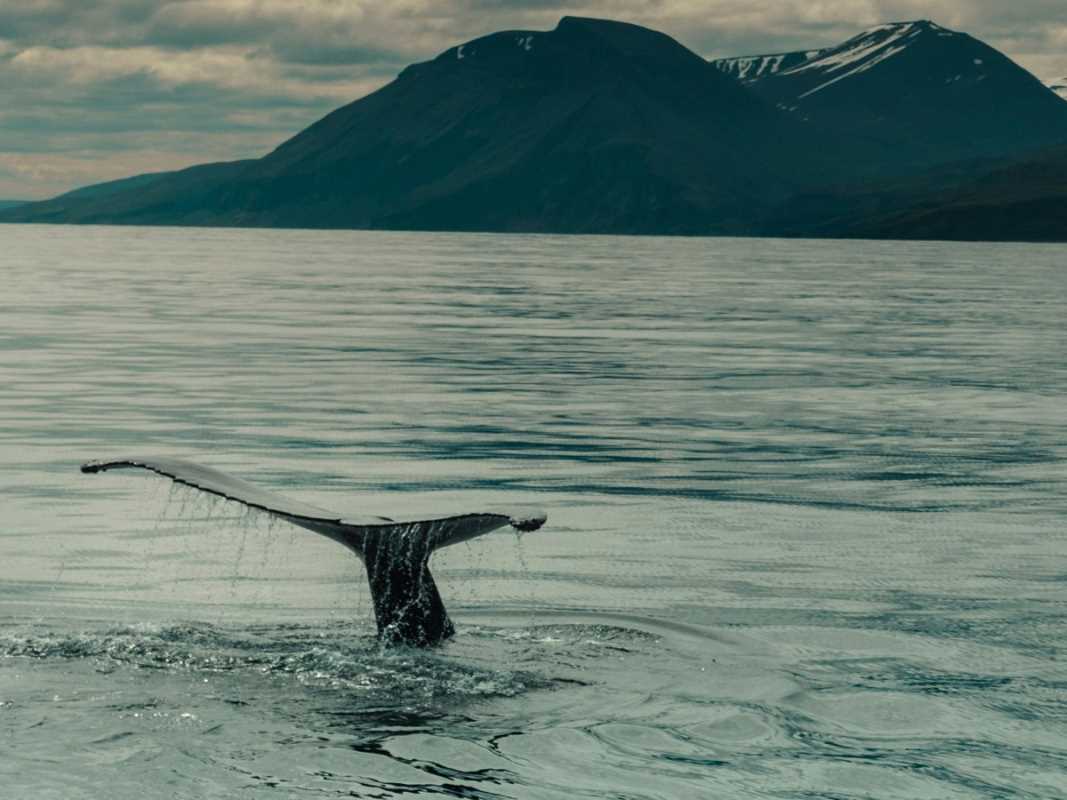 (Image via
(Image via